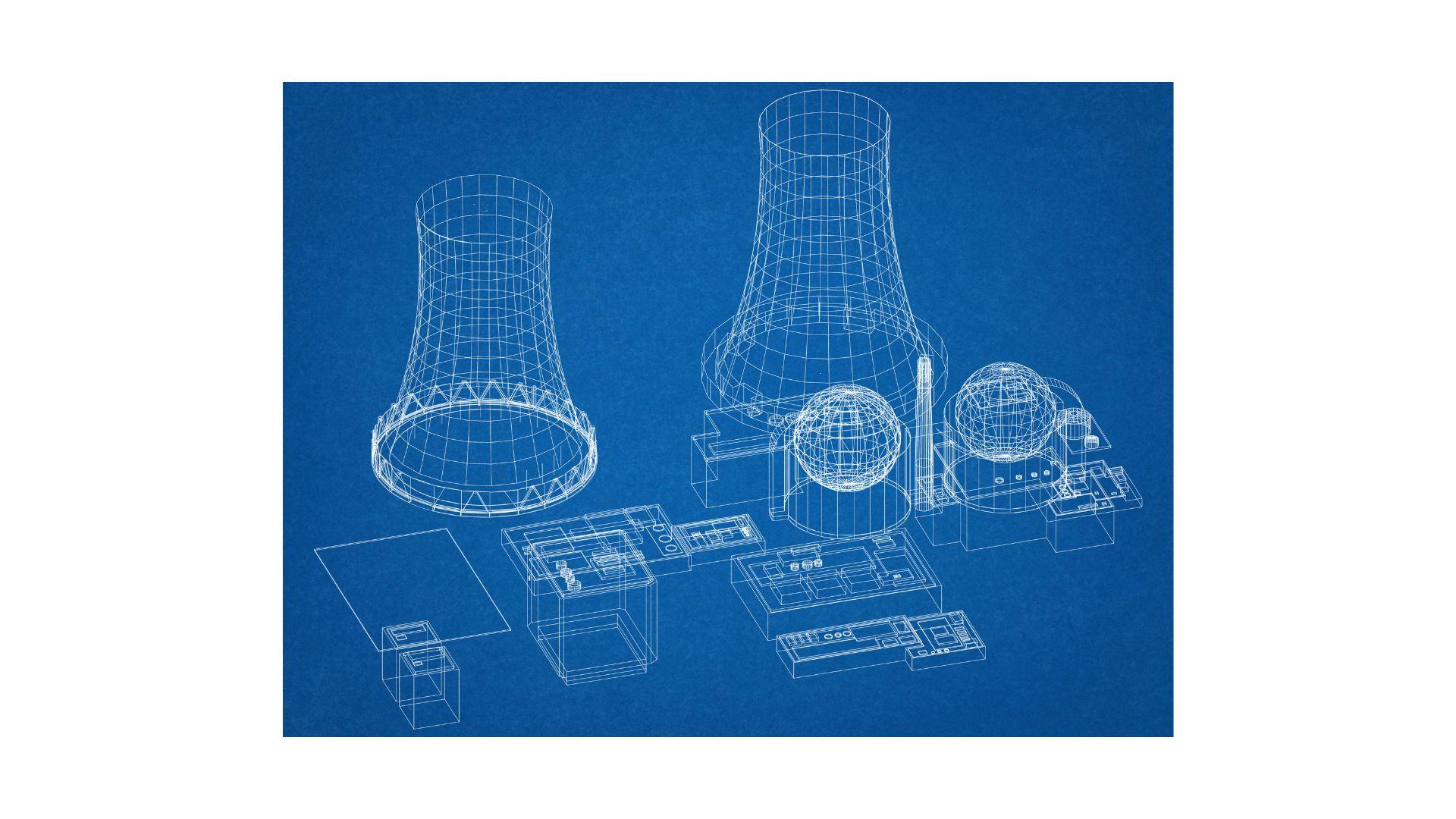The Modern Mobile Fortress: How Deployable Shelters are Evolving for 21st Century Threats

The image of a simple canvas tent for soldiers is a relic of the past. Today's deployable military shelters are sophisticated systems that provide not just shelter, but also climate-controlled workspaces, protection from ballistic and chemical threats, and the infrastructure to support advanced technology. These structures are critical for modern military operations, enabling mobility, command and control, and medical support in the most austere and hostile environments. The drive for greater mobility and survivability is fueling continuous innovation in materials and design.
The strategic importance of this equipment is reflected in steady, long-term demand. According to Straits Research, the global deployable military shelters sector was valued at USD 928.2 million in 2021. It is expected to reach USD 1,038.92 million by 2030, growing at a CAGR of 1.26% during the forecast period (2022–2030). This stable growth is underpinned by global military modernization programs and the need to replace aging inventory with more capable and durable systems suited for diverse operational scenarios.
Key Players and Technological Advancements
The landscape is dominated by specialized defense contractors with deep expertise in engineering and materials science.
-
HDT Global (USA): A leading innovator, HDT is known for its expeditionary systems, including the versatile Hunter shelter. Their recent developments focus on hybrid shelters that combine rigid walls with soft-sided expandable sections, offering a superior blend of rapid deployment, spaciousness, and protection. They are also integrating built-in power and environmental control units (ECUs) for true plug-and-play capability.
-
AAR Corp (USA): A key player in mobility solutions, AAR supplies a wide range of deployable shelters for aviation maintenance, command posts, and medical facilities. Their recent strategy emphasizes interoperability, ensuring their shelter systems can be easily transported and integrated with various military platforms, from C-130 aircraft to heavy-duty trucks.
-
Elbit Systems (Israel): Leveraging its experience in high-tech defense systems, Elbit produces advanced command and control shelter systems. Their recent updates involve integrating their digital battle management systems directly into the shelter infrastructure, creating a seamless "command center in a box" that can be operational within minutes of arrival.
-
Marshall Aerospace and Defence Group (UK): This company is renowned for its complex, mission-specific shelters. Their recent work includes shelters for electronic warfare (EW) and signals intelligence (SIGINT) that feature advanced electromagnetic shielding and climate control to protect sensitive electronics in extreme conditions.
-
International Developments: In France, Lacroix Defense is a significant supplier, focusing on lightweight composite materials for rapid deployment forces. In Turkey, domestic companies like Aselsan and STM are growing their capabilities to meet the Turkish military's demand for locally produced, high-tech shelter systems for command and electronic warfare.
Trends Reshaping Military Base Camp Infrastructure
The evolution of deployable shelters is being guided by the demands of modern warfare and new technologies.
-
Enhanced Force Protection: The top priority is protecting personnel and equipment. This has led to the development of shelters with integrated ballistic and fragmentation protection, CBRN (Chemical, Biological, Radiological, Nuclear) filtration systems, and blast-resistant designs to mitigate the impact of indirect fire.
-
Integration of C4ISR Systems: Shelters are no longer just empty spaces. They are designed as platforms for Command, Control, Communications, Computers, Intelligence, Surveillance, and Reconnaissance (C4ISR) equipment. This includes pre-installed cable races, power distribution, and mounting systems for servers and communication racks.
-
Lightweight and Rapid Deployment: Speed is critical. Manufacturers are increasingly using advanced materials like carbon composites and aluminum alloys to reduce weight without sacrificing strength. New deployment mechanisms, including pneumatic and hydraulic systems, allow large structures to be set up by small teams in a fraction of the time required for traditional systems.
-
Energy Efficiency and Self-Sufficiency: Modern base camps are energy-intensive. The trend is toward shelters with better insulation, energy-efficient ECUs, and the ability to integrate with renewable power sources like solar panels and silent generators, reducing the fuel logistics burden.
Recent News and Strategic Contracts
The sector is driven by specific military procurement programs. A recent major contract award from the US Army went to a consortium of companies to develop the next generation of command post shelters, emphasizing network connectivity and cyber-hardened architectures. In Europe, a NATO initiative is standardizing shelter specifications among member nations to improve interoperability during joint operations, a move that is influencing procurement decisions across the continent.
(Summary Intro Paragraph)
In conclusion, deployable military shelters have transformed into complex force protection and capability-enabling systems. Their evolution is directly tied to the need for agile, survivable, and technologically advanced infrastructure that can keep pace with modern military operations. The future will see shelters become even more integrated with the weapons and command systems they house, forming the backbone of the dispersed and networked battlefield.
- Art
- Causes
- Crafts
- Dance
- Drinks
- Film
- Fitness
- Food
- Games
- Gardening
- Health
- Home
- Literature
- Music
- Networking
- Other
- Party
- Religion
- Shopping
- Sports
- Theater
- Wellness


